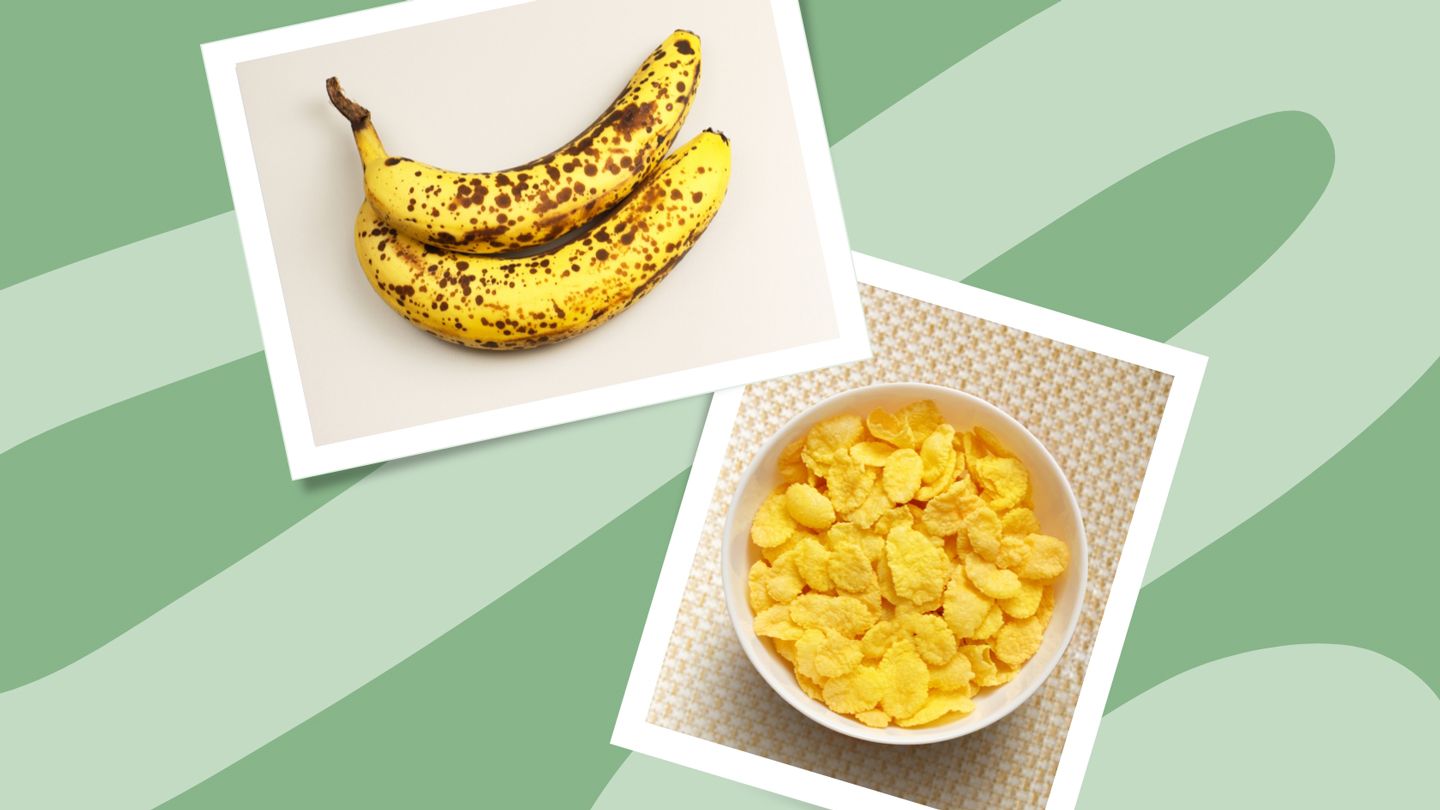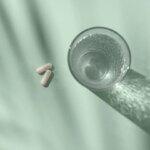Severe flare-ups are one of the greatest challenges of living with ulcerative colitis (UC). One option to try alongside your usual treatments is a low-residue diet.
It’s meant to reduce the amount of dietary fiber and “residue” — undigested remains of fiber and other foods that contribute to colonic waste — that go through your digestive system and irritate your bowel.
While the terms “low-residue” and “low-fiber” are often used interchangeably, they have different meanings. Low-fiber diets limit foods that are high in fiber — such as fresh fruits, vegetables, whole grains, nuts, and seeds — while allowing for fiber-free foods such as dairy products. There are several types of low-residue diets, but in general, they tend to limit dairy along with high-fiber foods and whole grains.
Before you start a low-residue diet, ask your doctor or a registered dietitian if it’s right for you. Also ask how long you should stay on the diet and whether you should take a supplement to meet all of your vitamin and mineral needs, both while you’re on the diet and on other days.
Read the full article here




